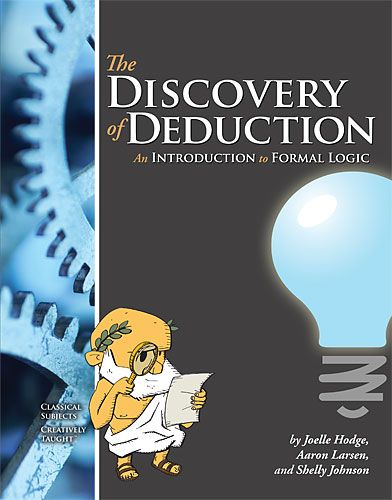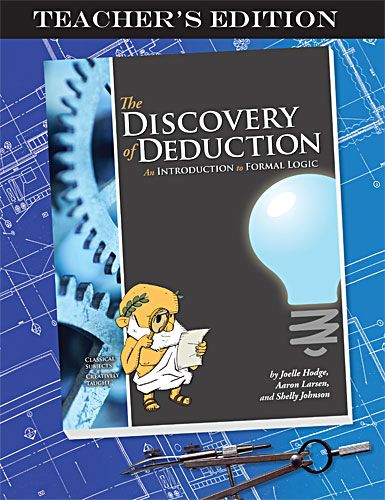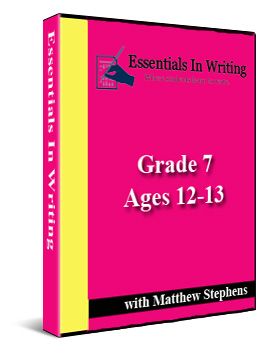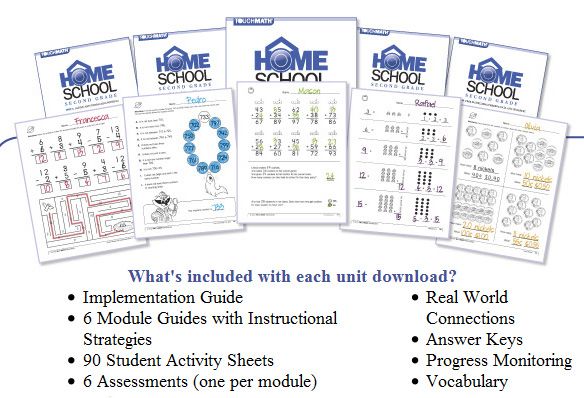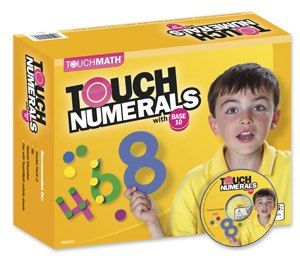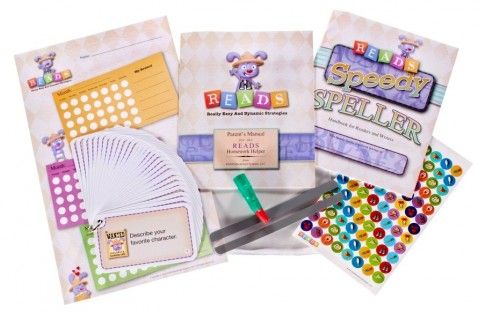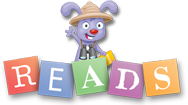You might be wondering about the difference between formal and informal logic. Informal logic deals with evaluating the content of an argument (fallacies such as ad hominem attacks), while formal logic deals with the form of the argument (symbols can be used to represent an argument). The content doesn't matter; instead it's focused on the logical steps that are taken and whether they are valid or invalid.
The Discovery of Deduction can be used in a single semester or over the course of a year. Classical Academic Press has a suggested schedule for each option.
There are four units in this program:
- Unit I: Introduction
- Unit II: Propositions and Their Relationships
- Unit III: Categorical Syllogisms
- Unit IV: Terms and Definitions
To use the program, I would have Luke and Ezekiel each read through the assigned lesson for the day (download a sample packet here). After the reading was completed, we would come together and discuss what we'd read and answer the questions. I was thankful that I had the Teacher's Edition (download a sample packet here), because there is a lot of information to remember. We spent 30-45 minutes on each lesson. Like other Classical Academic Press products, The Discovery of Deduction makes formal logic as engaging as it can be made. There are dialogues between Nate and Socrates, some humor, and some cartoon drawings. The quality of the books are what I've come to expect from Classical Academic Press.
While we enjoyed this program, we struggled with it. Formal logic is very technical, and as I mentioned, there is a lot to remember. I don't think it helped matters that Luke (8th) and Ezekiel (7th) are both on the younger side for their grades (and remember it's recommended for grades 8 & up, so Ezekiel isn't part of the recommended audience). I knew this going into the program, but we've completed informal logic programs together without issue, so I thought we'd be able to handle this one as well. We could continue to struggle through it, but I think we'll be best served waiting another year or two to complete this program.
That said, if you have a student who is ready for formal logic, I would definitely give this program a good, long look. It does a great job of presenting the material, and formal logic is a great tool for training the mind.
For more reviews of Discovery of Deduction (and The Art of Poetry), visit the Schoolhouse Review Crew.

